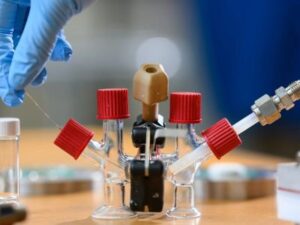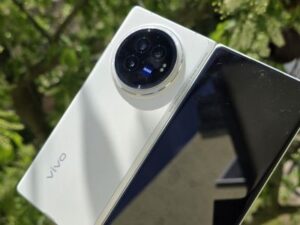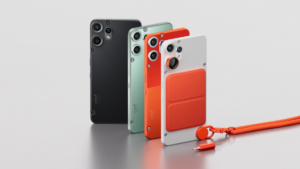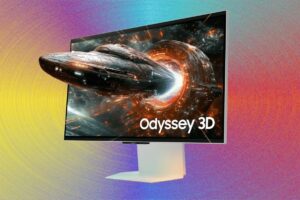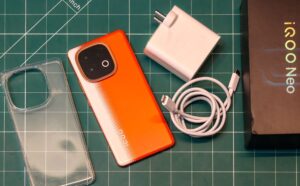A new prosthesis for the retina weaved with nanowires partially restored vision in blind mice and allowed detection of near-infrared light in macaques, according to a new study. The new technology’s feasibility and strong safety profile marks a milestone in the development of artificial vision, which could prove invaluable to patients worldwide who are living with blindness or retinal disease.
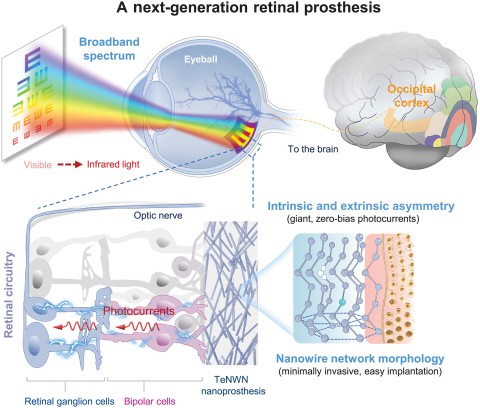
- Vision Restored in Mice: The nanowire prosthesis restored pupil reflexes and visual cortex activity in blind mice.
- Infrared Vision in Macaques: Sighted primates with the implant gained sensitivity to near-infrared light.
- Safe and Biocompatible: The implant showed no adverse effects in blind macaques, supporting long-term clinical promise.
Source: AAAS
A new prosthesis for the retina weaved with nanowires partially restored vision in blind mice and allowed detection of near-infrared light in macaques, according to a new study.
The new technology’s feasibility and strong safety profile marks a milestone in the development of artificial vision, which could prove invaluable to patients worldwide who are living with blindness or retinal disease.
Currently, there are many approaches to restoring vision in the blind, but almost all of these treatments face obstacles such as electrical interference or a lack of long-term efficacy.
At the same time, researchers are also trying to augment the human eye’s capabilities to detect other wavelengths of light, including near-infrared. Such a technology could be a boon to vision restoration efforts, as detecting near-infrared light would provide better color contrast and could be helpful in dark conditions.
To kill two birds with one stone, Shuiyuan Wang and colleagues designed a nanoprosthesis for the retina based on tellurium, a silver-white, light-sensitive element that’s used as a semiconductor. The researchers constructed tellurium nanowires and interlaced them into a lattice network, creating an architecture that can easily be implanted and efficiently converts both visible and near-infrared light into electrical signals. Using imaging and electrophysiological recording, the team found that implanting the prosthesis into genetically blind mice restored reflexes in the pupil and evoked neuron firing in the visual cortex.
Blind mice with the implants also performed better on pattern recognition tests and could find LED lights during a behavioral test, and eventually almost matched the performance of normal mice. The nanoprosthesis was safe and biocompatible when implanted into a blind crab-eating macaque and augmented the eye’s sensitivity to near-infrared light in a sighted macaque. “The long-term success of these technologies depends on developing cost-effective solutions and ensuring their availability to a broader range of patients,” cautions Eduardo Fernández in a related Perspective.
The development is based on the use of the special properties of tellurium, a semiconductor material with exceptional light sensitivity. A special mesh structure made of nanowires with a diameter of several atoms is capable of converting both ordinary visible light and infrared radiation into electrical impulses that are understandable to the nervous system.
The system is completely autonomous and does not require external power sources. During the experiments, mice deprived of sight from birth, after implantation, demonstrated the restoration of the pupillary reflex and activation of the visual centers of the brain.
In tests of orientation in space, experimental animals showed results comparable to healthy relatives. It is especially important that the implant remained functional even in extremely low light. Monkeys with normal vision have developed the ability to distinguish the infrared spectrum without compromising ordinary vision.



